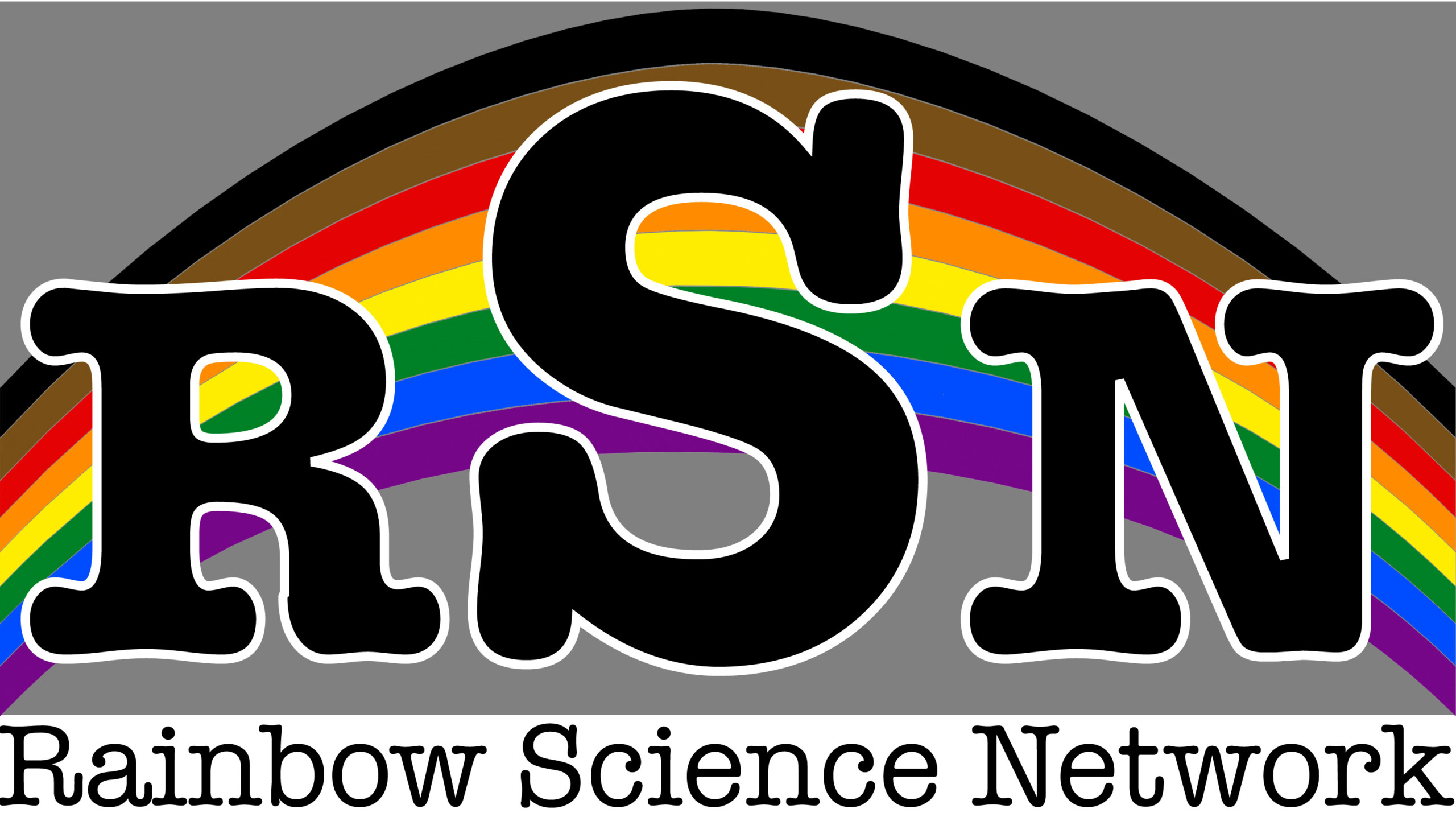RESEARCH IN THE CLASSROOM
Part of a good undergraduate education is to learn how we come to know about all that stuff in the textbooks.
Laboratory classes are a golden opportunity to introduce research to our students, but it takes some planning and extra effort to make it a real research experience….and you have to start on day 1 by acknowledging that “it may not work” or “we might not get the results you expect”, but that it is the process that is important.
I’ve tried several such labs, including the famous HHMI Phagehunter lab but have had the greatest satisfaction by bringing something that leverages the expertise of my lab. Here you can find three posters that describe a gene trapping exercise that I have done for many years with enough success that as I write (7th Nov ‘23) we are reengineering an existing construct to make it more classroom friendly, while at the same time creating a new and useful collection of gene traps for the fly community.
In future updates of this page I will post full protocols and field requests for the fly lines and advice. In the meantime poster 1 shows the penultimate iteration of our update, and posters 2 and 3 are more ‘popular’ accounts of this lab that were used at the the USA Science and Engineering Festival (USASEF) at our public-facing Eberly College of Science display in the Washington D.C. convention center.
GENE TRAPPING POSTERS
Creating a new gene trapping construct (Fly meeting 2022)
A gentle introduction to transposition and gene traps (USASEF)
What it gene trapping looks like in the classroom (USASEF)




